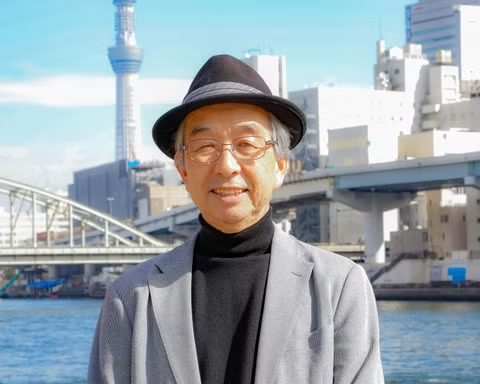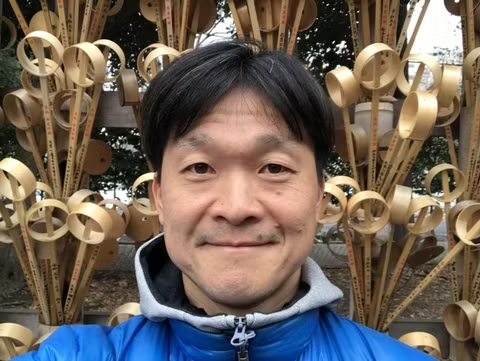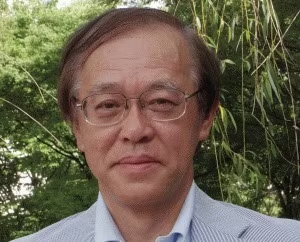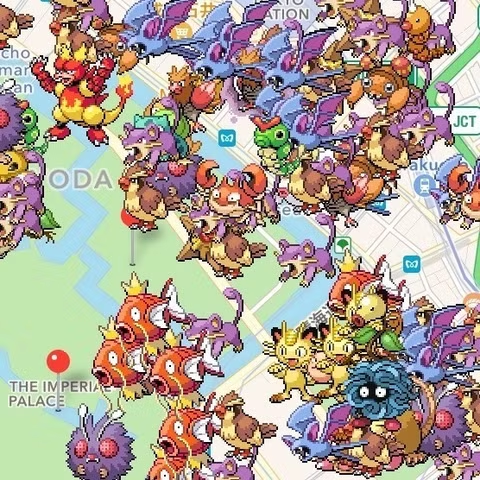There are many types of Japanese traditions and culture that you’ll experience in Japan. One typical aspect of Japanese culture that you will see often is bowing. The Japanese bow to say hello or welcome, to say goodbye or come again, to say thank you, to say grace before a meal, to pray at a shrine, etc. You’ll probably be bowed to at least once a day while in Japan. You don’t have to bow back, but giving back a little bob of your head is proper etiquette and will show that you see, or you hear them.
Another thing you will hear a lot is the word “irasshaimase” which means welcome. The store or restaurant staff will say this every time a person comes in. It’s the norm in Japan, so don’t be surprised when they all say or, according to the type of store, shout it out together at you. There are also Japanese cultural traditions that you can experience and enjoy together with the local people. These are mostly seasonal events that can be enjoyed anywhere in Japan.
5 Traditions You Must Try
Bon Odori Dance Festival
 “Obon” is a special time of year for the people. It’s a Japanese cultural tradition held in the middle of summer to honor ancestors. In Buddhism, it is believed that the spirits of the ancestors come back to visit their living family once a year during this time. It’s a holiday for many companies, so there’s a great migration of people all over the country in order to gather at their family homes. People clean their family gravestones and household altars, offer flowers and food to the ancestors, and have prayers chanted by a monk for their ancestors.
“Obon” is a special time of year for the people. It’s a Japanese cultural tradition held in the middle of summer to honor ancestors. In Buddhism, it is believed that the spirits of the ancestors come back to visit their living family once a year during this time. It’s a holiday for many companies, so there’s a great migration of people all over the country in order to gather at their family homes. People clean their family gravestones and household altars, offer flowers and food to the ancestors, and have prayers chanted by a monk for their ancestors.
There are also “bon” (short for “obon”) festivals with “bon” dances held during this period. It’s a lively festival held at temples within a community, with music and dancing. A lot of people, especially the women, wear summer kimonos called “yukata”. There’s a stage built in the middle of a large empty space and the people beating the drums and the lead dancers are up on this stage. And everyone else dances in a circle around this stage. All the dances are simple and repetitive, so anyone can join in just by copying the people around them.
This festival is great fun, so you should try to experience it if you’re visiting Japan in the middle of summer, especially with your kids. If you’re in Tokyo, the festivals will be on the weekend around the 13-16th of July, or the 13-16th of August, but the timing is different in various regions of the country, so ask a local guide of the region that you’re interested in and have them take you there. You can look at their profile pages and send them inquiries directly about what you’re interested in.
Summer Festivals / Fireworks
![]()
Summer Festivals are another fun and exciting Japanese tradition that kids can enjoy too. Japanese fireworks are some of the most elaborate and colorful in the world. They develop new types of fireworks every year, and the fireworks festivals are a summer tradition from long ago. This is an event where you can enjoy wearing a “yukata” too. There are fireworks held almost every weekend from the end of July to the end of August, and thousands of people gather at these festivals.
It’s very difficult to navigate these crowds or know the best place to see the fireworks from, so I really recommend requesting a tour and having a local guide to take you there and back to your hotel. The trains, the station nearest the event, and the streets will be crammed with people before and after the fireworks, so it’s really easy to get lost.
However, you cannot really experience a Japanese summer without seeing the fireworks. You can also enjoy the Japanese food culture by trying all the different kinds of street food they sell at the food stands at these festivals. The usual stands are for fried noodles, fried chicken, and takoyaki (fried batter balls with octopus in them). They’re delicious!
New Year's Holiday
![]()
The New Year's holiday is another special time in Japan. Unlike western cultures, it’s actually a very quiet event. It starts by cleaning the house from top to bottom to greet in the new year. On New Year's Eve, just before midnight, there is a Japanese cultural tradition of eating “toshikoshi soba” or soba noodles to greet the new year. Eating the long soba noodles is said to be a prayer for having a long and fruitful life.
Then, if there’s a temple nearby, you’ll hear the deep gong of the temple bell ring out at the stroke of midnight. This bell is rung 108 times, the number of sins humans have according to Buddhism. The bell is rung either by a monk or by regular people who gather at the temple to offer thanks for the previous year and pray for good fortune in the new.
On New Year’s morning, it’s tradition to eat a dish called “osechi”. It’s like a large family lunch box packed full of food which are said to bring good fortune in long life, prosperity, etc. It's actually quite beautiful to look at, too.
And we also eat a soup called “ozouni” with a piece of “mochi” or a rice cake in it. In more traditional families, it is also customary to drink a sip of “otoso”, a New year spiced sake, said to drive out bad luck and bring good fortune. And there is a special greeting for the New Years. We say “akemashite omedeto gozaimasu” which means Happy New Year! Children also receive little paper envelopes with an allowance in them from relatives, so it’s a happy time for them as well.
Cherry Blossom Viewing
![]()
As you know, spring is all about seeing the cherry blossoms in Japan. They bloom from around the last days of March to the first week of April. Nowadays, there are many tours to take you to see the beautiful cherry blossoms. One thing you’ll probably see a lot when going on these tours are people having picnics under the flowering trees. This is a custom called “ohanami” or literally cherry blossom viewing. People enjoy talking, eating, drinking alcohol, and overall having a good time under the cherry blossoms. Doing this at night is called “yozakura” or night cherry blossoms.
Night picnics tend to have more alcohol and get more rowdy with drunk people. Even when there are no lawns to sit on, they spread plastic sheets on the asphalt pavement of the walkways and just have their picnic there. There are so many people in the parks on weekends that you’ll want to go on a weekday if possible. And make sure to dress warmly, as it’s still very chilly after sunset in spring. If you don’t know where to go to see the cherry blossoms in Tokyo, you can look at our 5 Best Cherry Blossom Spots In Tokyo.
The parks in this blog are the obvious choices to see the cherry blossoms and are probably the most popular choices when going “ohanami”. You also could go to a smaller, off the beaten path type of park, but you’ll probably only find a few cherry blossom trees there. And with cherry blossoms, the more trees there are the more beautiful the scene looks, so I recommend going to one of the most famous parks even if it is overcrowded with people.
Tea Ceremony
![]()
Now, one of the most popular traditional experiences of Japanese culture that foreign visitors would like to try is the tea ceremony. It’s a beautiful custom to see, and one that lets you experience the Japanese food culture as well. A lady dressed in a kimono will make the matcha tea with hot water boiled in an old-fashioned kettle and stir it up with a little wooden whisk. Make sure to pay attention to her every movement.
In the tea ceremony, every move of the hostess’s hands are considered part of the “art of tea”, so it’s not only about the taste of the final product. Matcha tea is thick and bitter, so trying it could be a bit of a challenge, especially for children. If you are willing to try it, it’s an aesthetically amazing experience.
There are those that allow you to experience making the tea yourself, and then there are those in which you just participate as a guest of the ceremony. The fees start from around a minimum of 4,000 yen. Some places also offer the additional option of doing the ceremony in a kimono, so it could be a great photo moment.
GoWithGuide not only provides tours and guides in Japan, but also offers the option of hiring a car and driver. So if you have elders in your group or family members who need a little help, hiring a private car for a day of sightseeing or just to get from the airport to the hotel could be a good idea.
And if you are planning a luxurious trip, you can even hire one for your whole visit! For those of us who can’t afford to spend that much money on transportation, the local train system should be just fine for getting around cities. But if you’re nervous about doing this by yourself in a city you’ve never been to, hiring a local guide just for a few hours to show you the ropes and boost your confidence, is another good way to take advantage of this guide hiring system.










